|
A Serious Game 10.5"x8" pastel on sanded paper Pastel paintings can have amazing color, because pastel sticks have more pigment than oil, acrylic, or watercolor paints. They can be very bold, or soft with minimal texture. There’s a lot to love with pastels. What are pastels? When you open a box of pastels, they look a lot like pieces of chalk. They are powdered pigment with a minimal binder to make them into sticks. There are different kinds, some softer and some harder. But don’t confuse them with oil pastels, which are something different. 10 Minute Apples Exercise #4 2"X2" pastel on sanded paper Pastel paintings are closer to colored pencil artwork than they are to the mediums mentioned above, because the color is not applied with a brush or knife, but comes from a stick of pastel, and is applied by holding the stick in your fingers. Pastels are almost always done on paper, often one that has a fine layer of sand, which grabs the pastel better than a smooth paper. There are no brushes, or palette knives, though an underpainting could be created with watercolor or pastel and alcohol applied with a brush. Sunshine on the Marsh 9"x12" pastel on sanded paper Pastels are the most delicate of the mediums I’m covering in these blog posts. They aren’t as light sensitive as watercolors, but you have be careful not to loose particles of pastel after they are framed. So we lay them flat, pastel side up, and don’t ever turn them over in the frame. Usually there is a mat or a spacer in the frame to keep the pastel surface off the glass. And glass is required, or any touch to the painting could remove some of the artwork! My Schmincke soft pastels Mixing paint to create a specific color and value is not as much of a thing with pastels as with other mediums. Most pastel painters have boxes of pastels, in varying colors, and in varying shades, dark to light of each color that they like to use. This can get expensive, and though each pastel is pretty light, they can be bulky to carry around. Harraseeket Road pastel over watercolor Some of my favorite pastel painters are Tony Allain, Deborah Quinn Munson, Joelle Feldman and Suzanne deLesseps. Joelle and Tony both teach, so check their links if you’d like to study pastels.
2 Comments
Goosefare Brook Marsh 6"x12" oil on canvas panel Have you ever wondered when visiting an art museum why there are so many oil paintings? It’s probably because they're the most likely paintings to have survived through the years. As you know, I’m partial to oil paintings. I started working in oils about 20 years ago, and I still love them. But I didn’t start collecting oil paintings until I started painting them. I’m a huge fan of how the internet has opened up the art market to all of us, and I've bought paintings having only seen them online. But I do enjoy seeing paintings in person, with my own eyes, and love that we can do more of that now. The appeal of oil paintings to me is both the bold colors and the textures. I often want to touch them because of these characteristics! Oil paintings are also easier to frame than watercolors or pastels, which require glass. That allows me to collect unframed oils that I see online and at open air art shows, and frame them myself. Here’s a blogpost on how to do that. Mini Landscape #16 3.5"x3.5" oil on treated paper Oil painting has a reputation of being more difficult to master than other mediums. I doubt that’s true. Mastery of any medium takes time and dedication. But most of us would be happy to be competent, and I think it’s easier to do that with oil paints than with watercolors or acrylics. There are a few reasons. Mostly it’s because oil paints dry relatively slowly, and because of that, you can scrape off your mistakes before they become permanent. There are two approaches to painting with oils; called direct and indirect. In the direct approach, or wet-in-wet, the painting is completed before any of the paint is dry. In the indirect approach, the painting is created with thin layers of paint, and the layers can be somewhat transparent. It's a time consuming process, waiting for the paint to dry between each layer. The indirect approach is also used for watercolor, where transparency is key. Nature's Grace 5"x7" oil on panel, painted with a knife I prefer the direct approach, maybe because I’m pretty impatient. I can finish a small painting in a few hours, and a larger one in a few days. The paint stays wet enough to make that possible. And, when I do make mistakes, I can remove them quickly and easily and try again. Also, that approach is perfectly suited to painting out of doors, where the direction of the sun and the level of the tide are not constant. Watercolors and acrylics are more challenging to paint out of doors, because they dry so fast.
Some contemporary oil painters whose work I admire and collect are Colin Page, Carol L. Douglas, Mary Gilkerson, and Peggy Kroll-Roberts. You will probably find that they have influenced my work, since I’ve studied with all of them! Three Leaves - 7"x10" watercolor on paper Have you every felt overwhelmed by the many types of paintings you see at an art show or gallery? And maybe asked yourself "how are they different, which ones would be best for me?". Those are good questions! In the next four blogposts, I'll try to answer them for those of you who are looking for artwork for their walls and for those who would like to start painting, but don't know which medium would suit them best. What do we mean by medium? When talking about painting, mediums refer to the different types of paint used. The most common are watercolor, oil, acrylic, and pastel. The substrate is the surface that the paint is applied to, for example, paper, canvas, and wood, and most painting mediums can be used on several different substrates. I have painted in all of these mediums, and our art collection includes works in all four as well. I'll talk about water color first and leave the others for future blog posts. Cloud Study IV - watercolor on paper (wet on wet technique) What's the appeal of watercolor? Watercolor is inherently transparent, which lets the white paper shine through. A light area of paint is made by adding more water as the paint is applied, so that more of the white paper shines through. It's a beautiful ethereal look, and for me means that some scenes just cry out to be painted with watercolor. I'm thinking particularly of Winslow Homer's Caribbean boat paintings, and example which you can see here. Watercolor also lends itself to texture, using different application approaches, like wet on wet, and dry brush, or leaving some marks in the pencil sketch showing through. And there is nothing whiter in a painting, than unpainted paper, and so the watercolor painter leaves the lightest values in a painting unpainted to take advantage of that. And watercolor is often combined with pen and ink to create to beautiful line and wash paintings, the line provided with the pen, and the wash with the watercolor. They can be magic, for example those in this blogpost by British painter Rob Adams. When looking to buy a watercolor painting, you need to think about framing. Watercolors are more complicated and expensive to frame than oils or acrylics, both because they require glass and because of the need to seal the back of the frame. Neither of those is required for oil or acrylic paintings, which makes them easier to frame yourself. Glass comes in many levels of glare and UV protection, from hardware store window glass (lots of glare and low UV protection) to museum quality glass (minimal glare and high UV protection). Glass towards the museum end of the spectrum will let you see your paintings better and preserve them from UV damage for many more years. For the same reason, it's best not to hang watercolors in direct sunlight. Green and Orange Leaves - 6"x9" watercolor with pen Many artists began their painting journeys with watercolor, me included, because to the uninitiated it's thought to be easier to learn than other mediums and is definitely easier to clean up. However, as most of us learned the hard way, it's in fact one of the more difficult mediums to master, because you mostly can't fix mistakes without damaging the paper, so you usually have to start over, which can be quite frustrating. Some of my favorite watercolor painters working today are Poppy Balser, Robert Joyner, and Michele Clamp. The later two teach online, if learning watercolor is on your bucket list. Poppy teaches wonderful in person workshops in Canada, one of which which I had the pleasure of attending. I recommend all three.
|
AuthorBobbi - Painter. Sketcher. Teacher. Boat and Dog Lover. Archives
July 2024
|
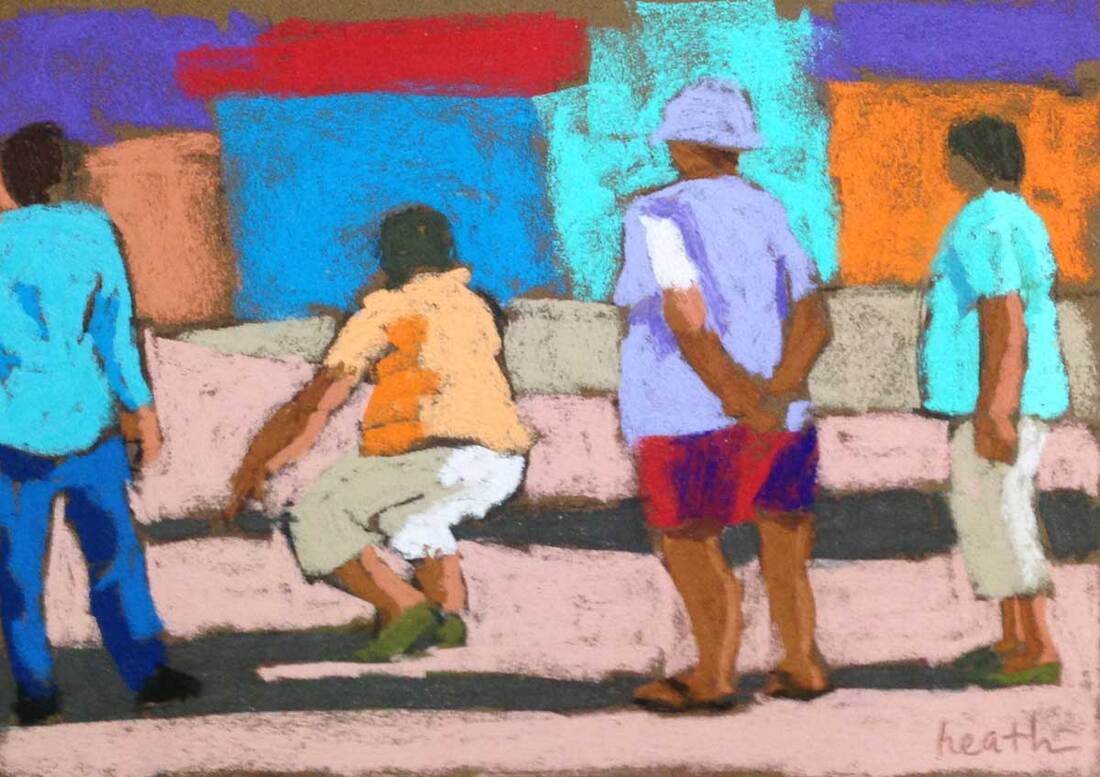
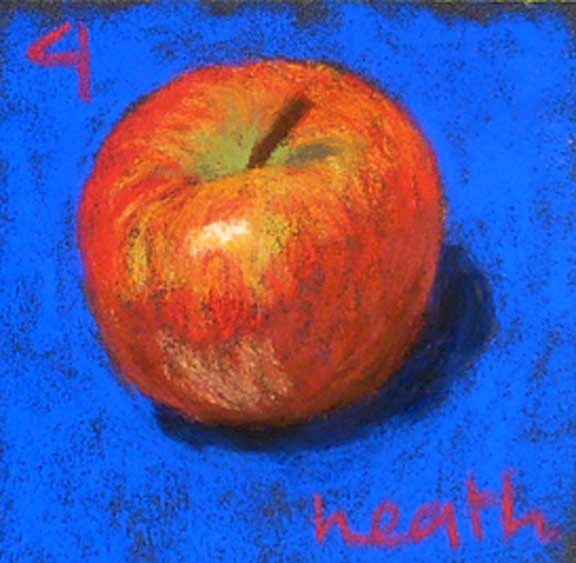
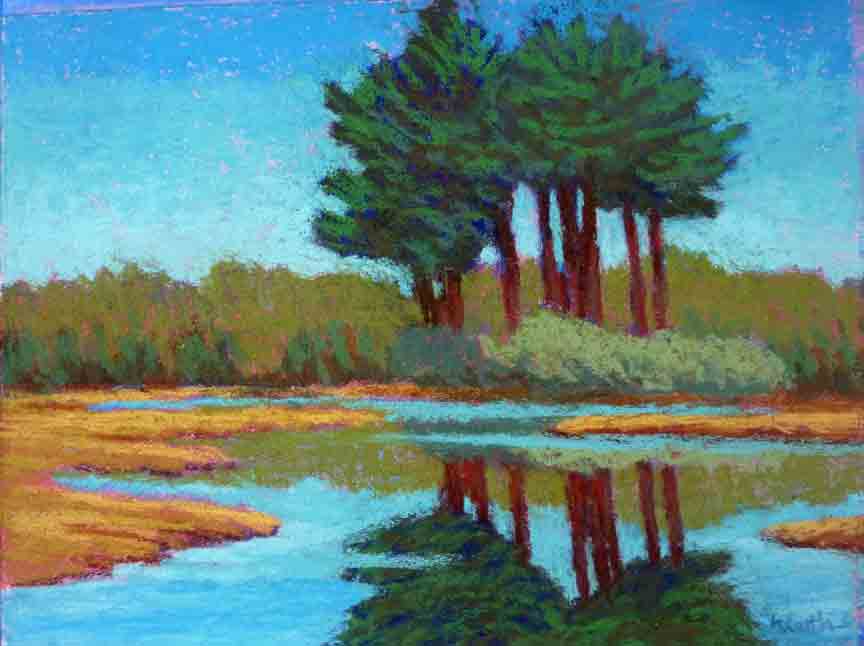
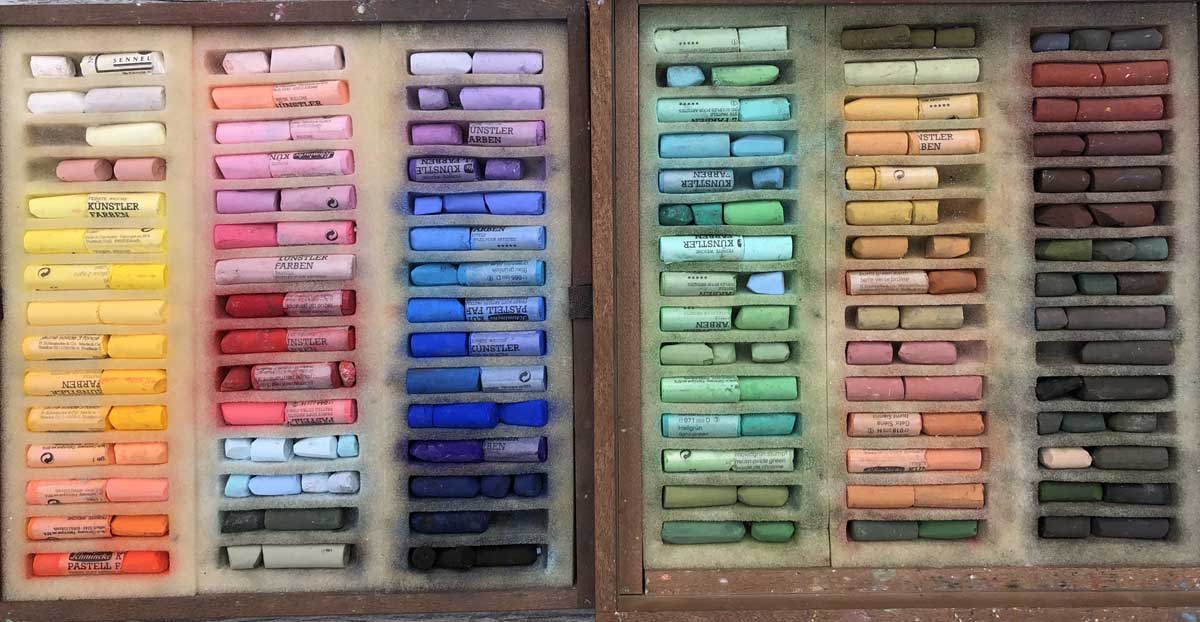
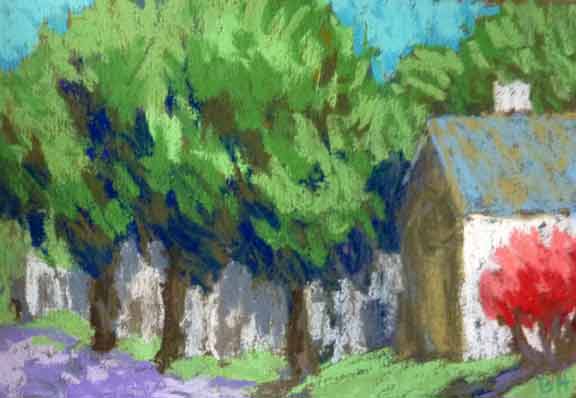
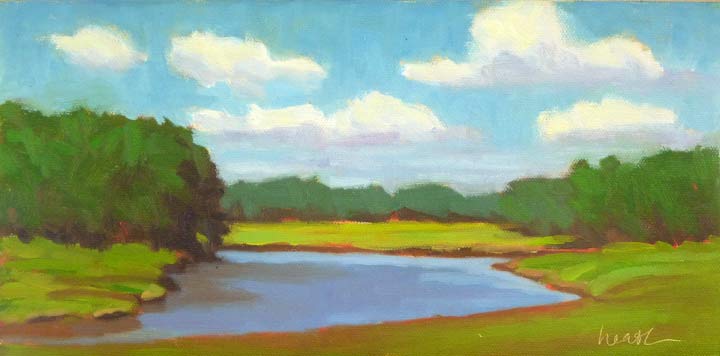
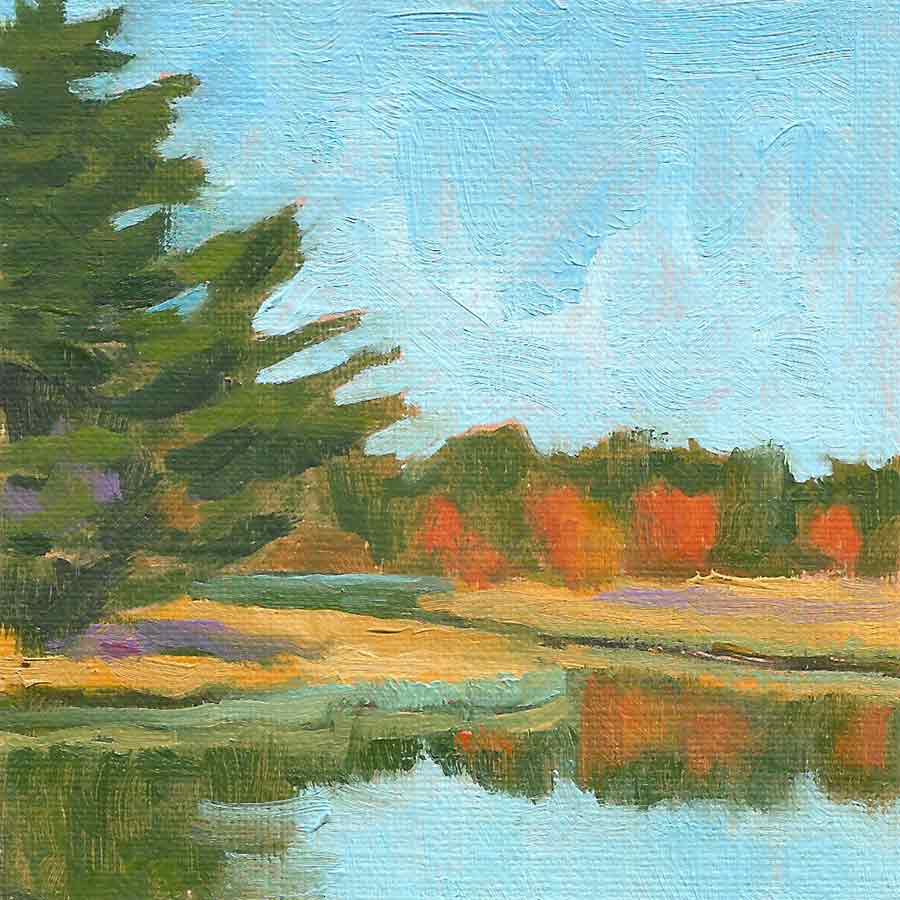
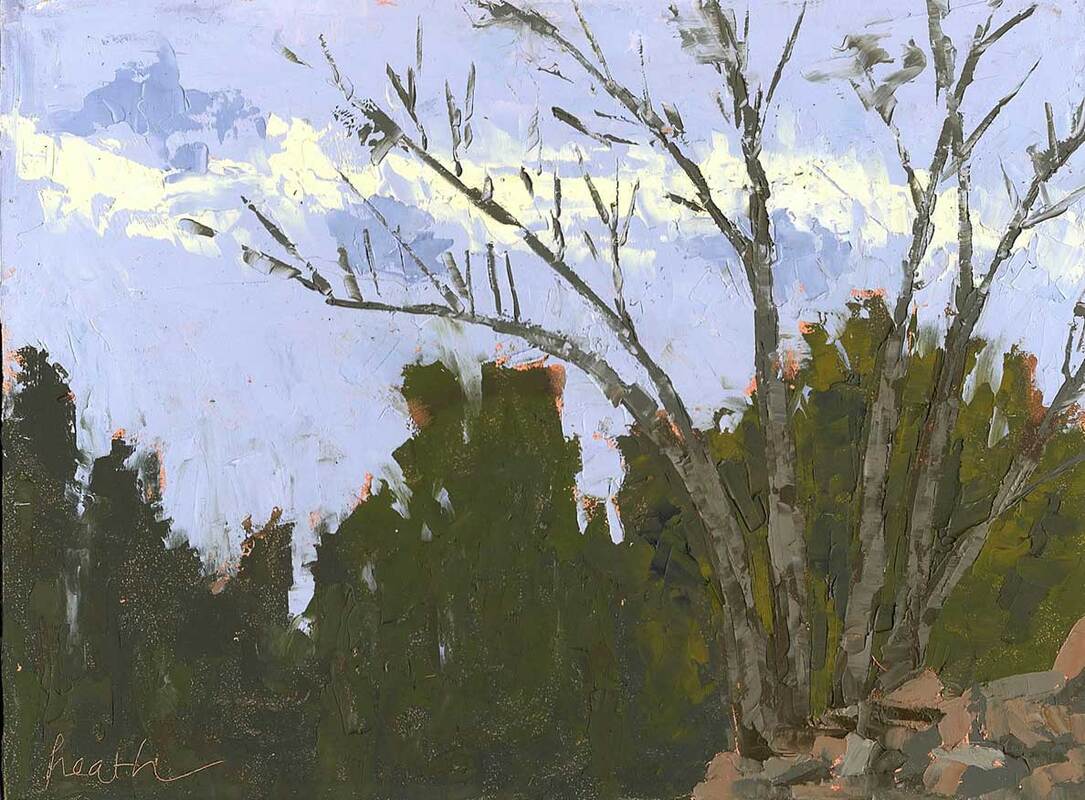
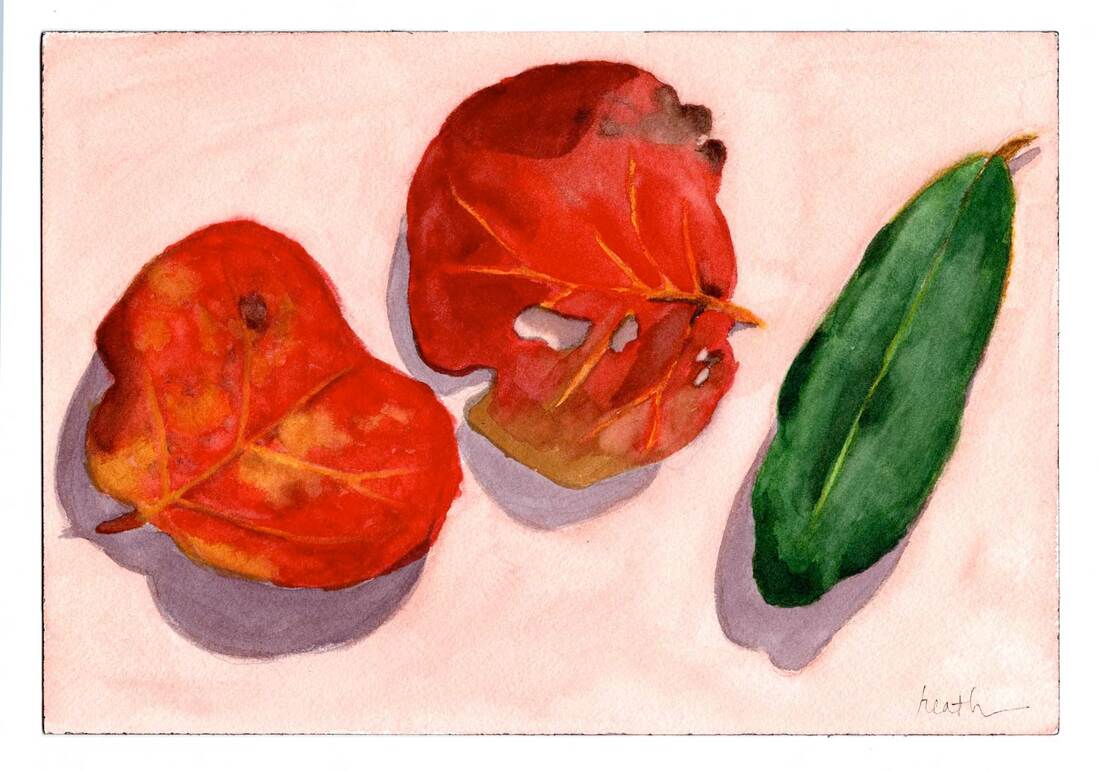
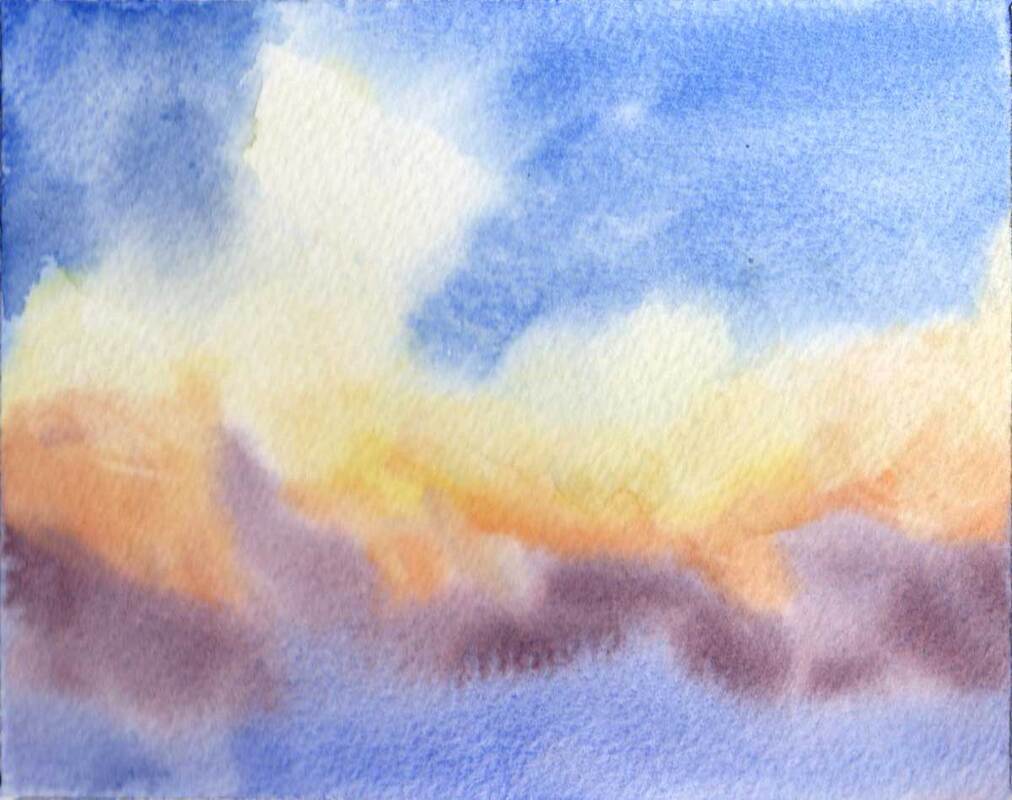
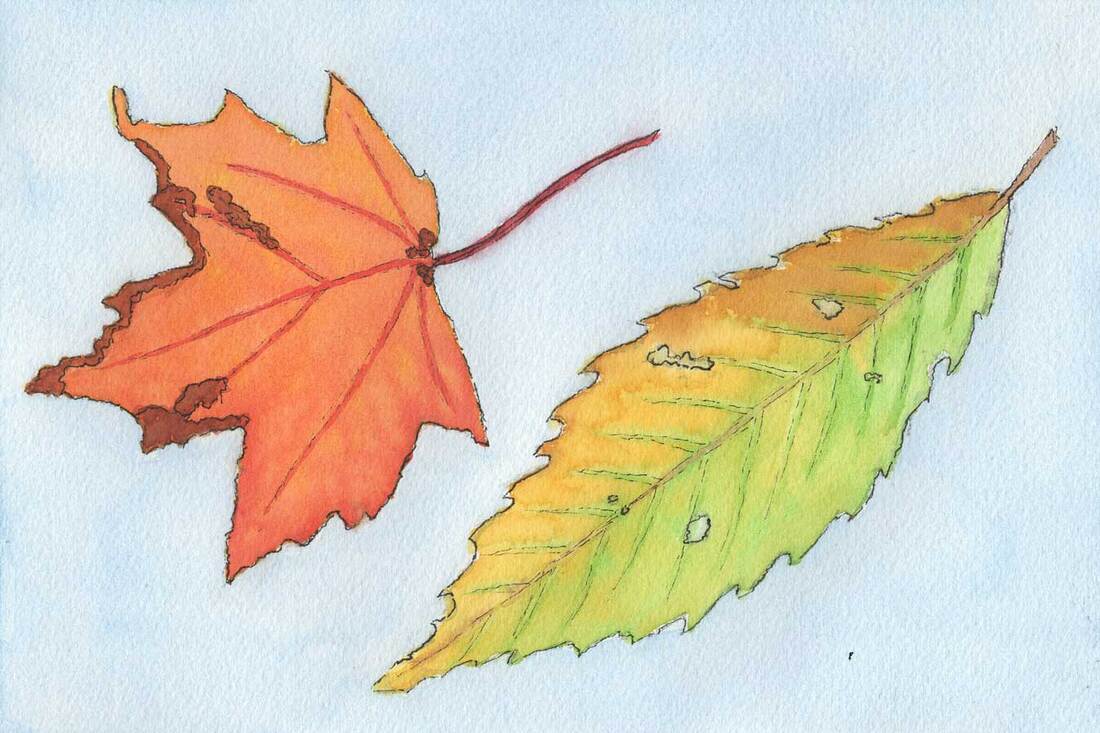
 RSS Feed
RSS Feed